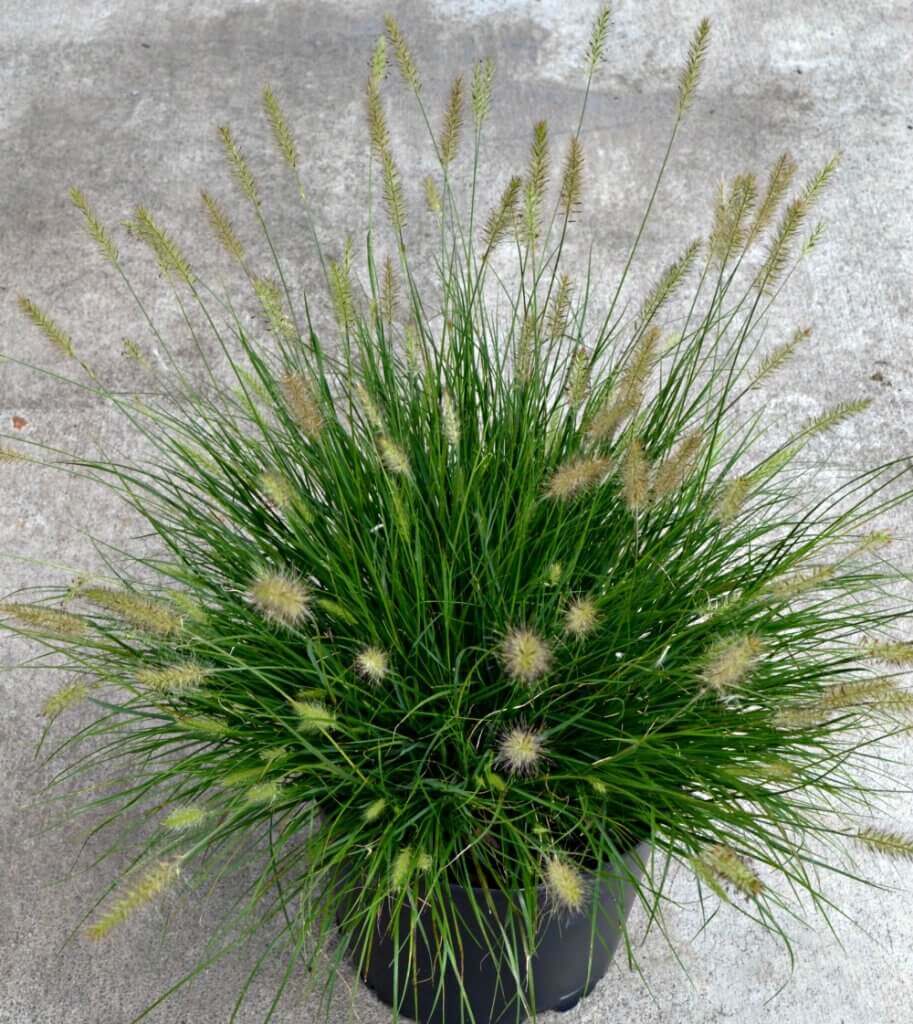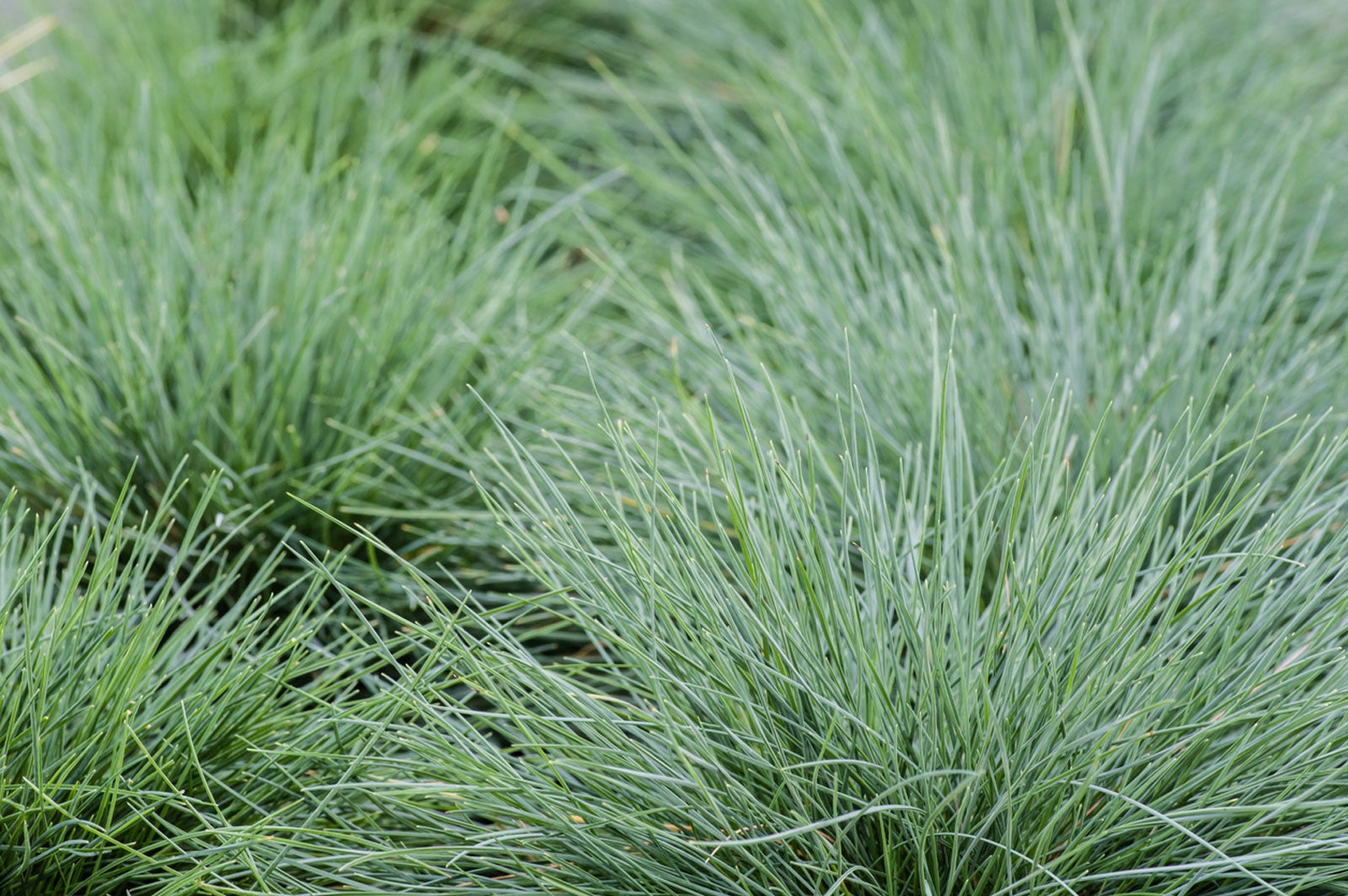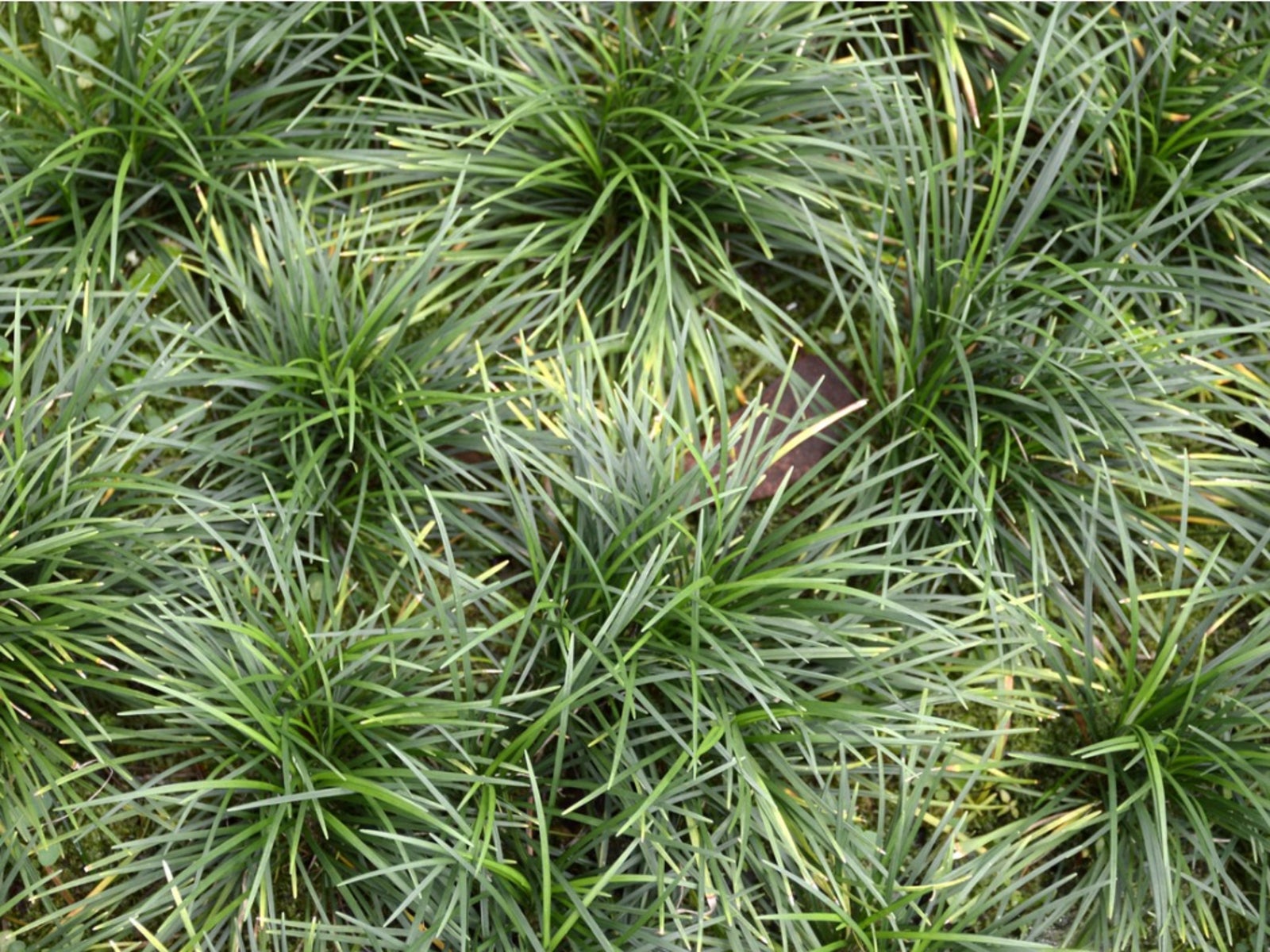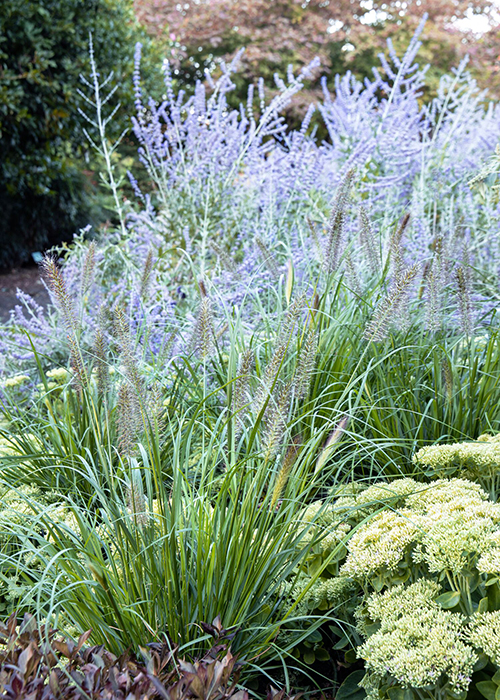When it comes to enhancing your garden’s aesthetic appeal, few elements can compete with the charm of short decorative grass. As a passionate gardener with years of experience, I can assure you that incorporating these versatile plants can elevate your landscape, boost curb appeal, and even create spaces for relaxation and contemplation. In this extensive guide, we will explore everything you need to know about short decorative grass—from types and benefits to care tips and design ideas.
Understanding Short Decorative Grass
Before diving into the specifics, let’s clarify what we mean by short decorative grass. This category typically includes ornamental grasses that grow to a height of about 12 to 36 inches. These plants are characterized by their unique textures, colors, and forms, making them perfect for adding interest to any garden.
Why Choose Short Decorative Grass?
There are numerous reasons to consider short decorative grass for your landscape:
- Low Maintenance: Once established, most ornamental grasses require minimal care.
- Versatile Use: They can be used as borders, fillers, or focal points in various garden styles.
- Seasonal Interest: Many species offer year-round appeal, from spring blooms to autumn color.
Popular Types of Short Decorative Grass
Here’s a closer look at some of the most popular short decorative grasses you might consider for your garden:
1. Blue Fescue (Festuca glauca)
Blue fescue is known for its stunning blue-gray foliage, which adds a cool tone to your garden.

2. Japanese Blood Grass (Imperata cylindrica ‘Red Baron’)
This grass features striking red-tipped blades that create a dramatic focal point.
3. Fountain Grass (Pennisetum alopecuroides)
Fountain grass boasts feathery flower plumes that sway gracefully in the breeze.

4. Carex (Carex spp.)
Carex, or sedge, includes a variety of species that are both hardy and versatile.
5. Little Bluestem (Schizachyrium scoparium)
This native grass offers beautiful fall color and is drought-tolerant.

Comparison of Popular Short Decorative Grasses
| Grass Name | Height | Sun Requirements | USDA Zones | Unique Features |
|---|---|---|---|---|
| Blue Fescue | 12-18 inches | Full sun | 4-7 | Blue-gray foliage |
| Japanese Blood Grass | 24-36 inches | Full sun to partial shade | 5-9 | Red-tipped blades |
| Fountain Grass | 24-36 inches | Full sun | 5-9 | Feathery flower plumes |
| Carex | 12-24 inches | Shade to partial shade | 4-9 | Variety of textures and colors |
| Little Bluestem | 24-36 inches | Full sun | 3-9 | Drought-tolerant, beautiful fall color |
Benefits of Incorporating Short Decorative Grass
Aside from aesthetic appeal, short decorative grass provides several environmental advantages:
Natural Weed Suppression
The dense growth habit of ornamental grasses can effectively suppress weeds, reducing the need for chemical herbicides.

Wildlife Attraction
Many species of short decorative grasses can attract beneficial insects and provide habitat for birds.
Soil Improvement
Grass roots help improve soil structure, enhance drainage, and prevent erosion, making them a great choice for garden health.

Design Ideas for Using Short Decorative Grass
Short decorative grass can be creatively integrated into your garden design. Here are some ideas to inspire you:
1. Borders and Edging
Use short grasses to create a natural border along pathways and flower beds. They provide a soft transition between different areas of your garden.

2. Container Gardening
Short decorative grasses perform wonderfully in containers, making them perfect for patios and balconies. Pair them with colorful annuals for a vibrant display.
3. Mixed Planting Beds
Combine ornamental grasses with perennials and shrubs to create a layered effect in planting beds, adding depth and interest.
4. Rock Gardens and Xeriscaping
Short decorative grass is a great addition to rock gardens and xeriscapes, contributing to a low-water landscape design.
Considerations for Planting and Caring for Short Decorative Grass
While short decorative grasses are generally hardy and low-maintenance, here are key care tips to ensure they thrive:
Choosing the Right Location
Always pick a planting location that meets the sun and moisture requirements of your chosen grass species. Read the labels carefully before planting.
Soil Preparation
Although many ornamental grasses tolerate poor soil, they thrive in well-draining, nutrient-rich soil. Amend your soil as necessary before planting.
Watering Practices
During the first year, regular watering is essential. Once established, most species will require little additional water unless in extreme heat.
Pruning and Maintenance
Most short decorative grasses can be cut back in late winter or early spring before new growth appears. This promotes healthier growth and removes any dead foliage.
Pros and Cons of Short Decorative Grass
Pros
- Low maintenance and drought-resistant.
- Attractive year-round interest.
- Versatile in garden design applications.
- Wildlife-friendly.
Cons
- Some species can be invasive if not managed.
- May require occasional division for optimal growth.
Frequently Asked Questions (FAQs)
What is the best time to plant decorative grass?
The best time for planting short decorative grasses is in the spring or fall when temperatures are moderate and moisture levels are adequate.
Can short decorative grasses survive winter?
Most short decorative grasses are hardy and can survive winter in appropriate USDA zones. However, it’s always prudent to check the hardiness of the specific species.
How often should I water short decorative grasses?
Water newly planted grasses regularly for the first year; after that, most species are drought-tolerant and need little additional watering.
Are decorative grasses safe for pets?
Most decorative grasses are non-toxic to pets, but it’s advisable to monitor your pets to ensure they aren’t exhibiting any unusual behavior.
How do I prevent invasive grass species from taking over?
Regular maintenance, including division and observation, can help keep invasive varieties in check. It’s also essential to choose the right species for your area.
Conclusion
Integrating short decorative grass into your garden can create a stunning visual impact while offering numerous environmental benefits. From their low-maintenance nature to their versatile design applications, ornamental grasses are perfect for both novice and expert gardeners. I encourage you to explore the many varieties available and consider how they can enhance your outdoor spaces. Remember, the journey of gardening is as rewarding as the destination. Enjoy the process, experiment, and most importantly, have fun!